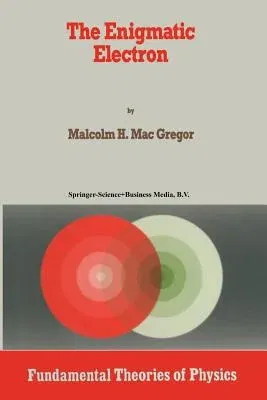Malcolm H Mac Gregor
(Author)The Enigmatic Electron (Softcover Reprint of the Original 1st 1992)Paperback - Softcover Reprint of the Original 1st 1992, 21 April 2014

Qty
1
Turbo
Ships in 2 - 3 days
In Stock
Free Delivery
Cash on Delivery
15 Days
Free Returns
Secure Checkout
Part of Series
Fundamental Theories of Physics
Print Length
211 pages
Language
English
Publisher
Springer
Date Published
21 Apr 2014
ISBN-10
940158074X
ISBN-13
9789401580748
Description
Product Details
Author:
Book Edition:
Softcover Reprint of the Original 1st 1992
Book Format:
Paperback
Country of Origin:
NL
Date Published:
21 April 2014
Dimensions:
23.39 x
15.6 x
1.22 cm
ISBN-10:
940158074X
ISBN-13:
9789401580748
Language:
English
Location:
Dordrecht
Pages:
211
Publisher:
Weight:
326.59 gm

